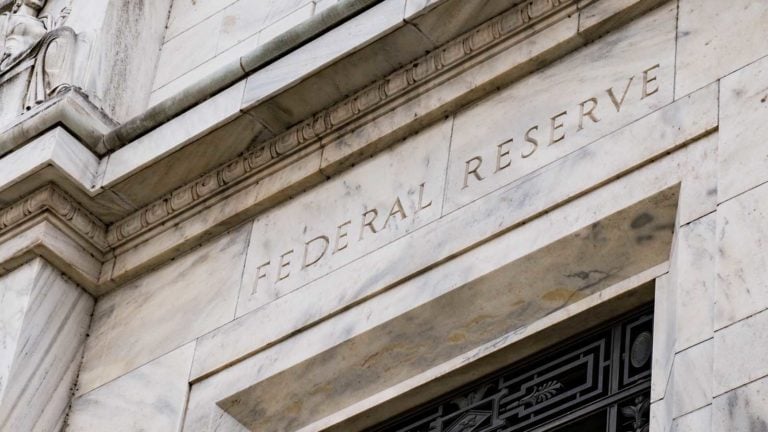The incredibly hawkish tone the Federal Reserve has begun to take with monetary policy has shaken investors. With more than a decade of near-zero interest rates, the economy has gotten used to cheap money. Accordingly, three successive 75 basis point (0.75%) rate hikes by the Fed have many contemplating when a Fed pivot will come.
The idea that a Fed pivot will come is evidenced by history. Indeed, for decades, interest rates have followed a rather sturdy trend line lower. Since the last big bout of inflation in the 1970s, which was ultimately quashed with very high interest rates in the early 1980s, benchmark rates have gone from a high of around 20% in 1980 to basically zero following the financial crisis and the most recent pandemic.
Now, historically, interest rates are still low. The benchmark overnight Federal funds rate currently sits at a range of 3% to 3.25%. Thus, compared to the high interest rates that were needed to quash inflation during the last scare, we’re nowhere near the top.
Here’s why many experts are calling for even more rate hikes, contrary to the idea of a Fed pivot.
Are More Interest Rate Hikes, or a Fed Pivot, on the Horizon?
Some of the most interesting recent data around the consumer price index (CPI) have indicated that inflation may be more stubborn than many think. Despite gasoline and fuel prices coming down dramatically from their peak, inflation is still soaring. Much of that has to do with wage and housing inflation, which remains persistent.
A key
jobs report released today, as well as a private payrolls report released earlier this week, speaks to the strength of the labor market. For investors looking at this data, it appears good news is bad news. The economy added 263,000 jobs this past month, beating estimates of 255,000 job adds. Accordingly, the unemployment rate dropped to 3.5%, with many concerned that wage growth could continue to fuel inflation.
Additionally, ramped-up rate increases have hit mortgage rates hard, something many expected to impact the housing market almost immediately. That said, some experts suggest that “the full weight of the Fed’s massive hikes still won’t be felt until later this year or 2023.” That’s not good news for housing-related inflation.
Finally, Federal Reserve officials, such as Charles Evans, have chimed in with more gloomy expectations about where rates could be headed. Evans recently noted that he thinks interest rates could be headed to the 4.5% to 4.75% range by next spring. That would be a big departure from where interest rates are priced right now.
Overall, there are a number of key reasons why the Federal Reserve may not pivot as quickly as many think. Perhaps at some point, the Fed will pause to wait and see what the impact of rate hikes will be. But until inflation comes down, it appears more rate hikes are likely. Thus, investors asking when the Fed will pivot may shift to when the Fed may pause. That’s probably a more fruitful exercise.
On the date of publication, Chris MacDonald did not have (either directly or indirectly) any positions in the securities mentioned in this article. The opinions expressed in this article are those of the writer, subject to the InvestorPlace.com Publishing Guidelines.

